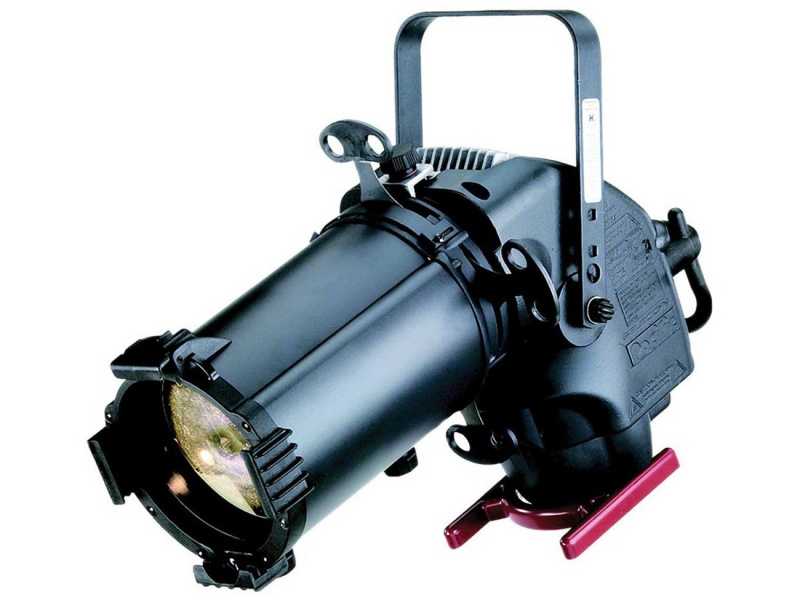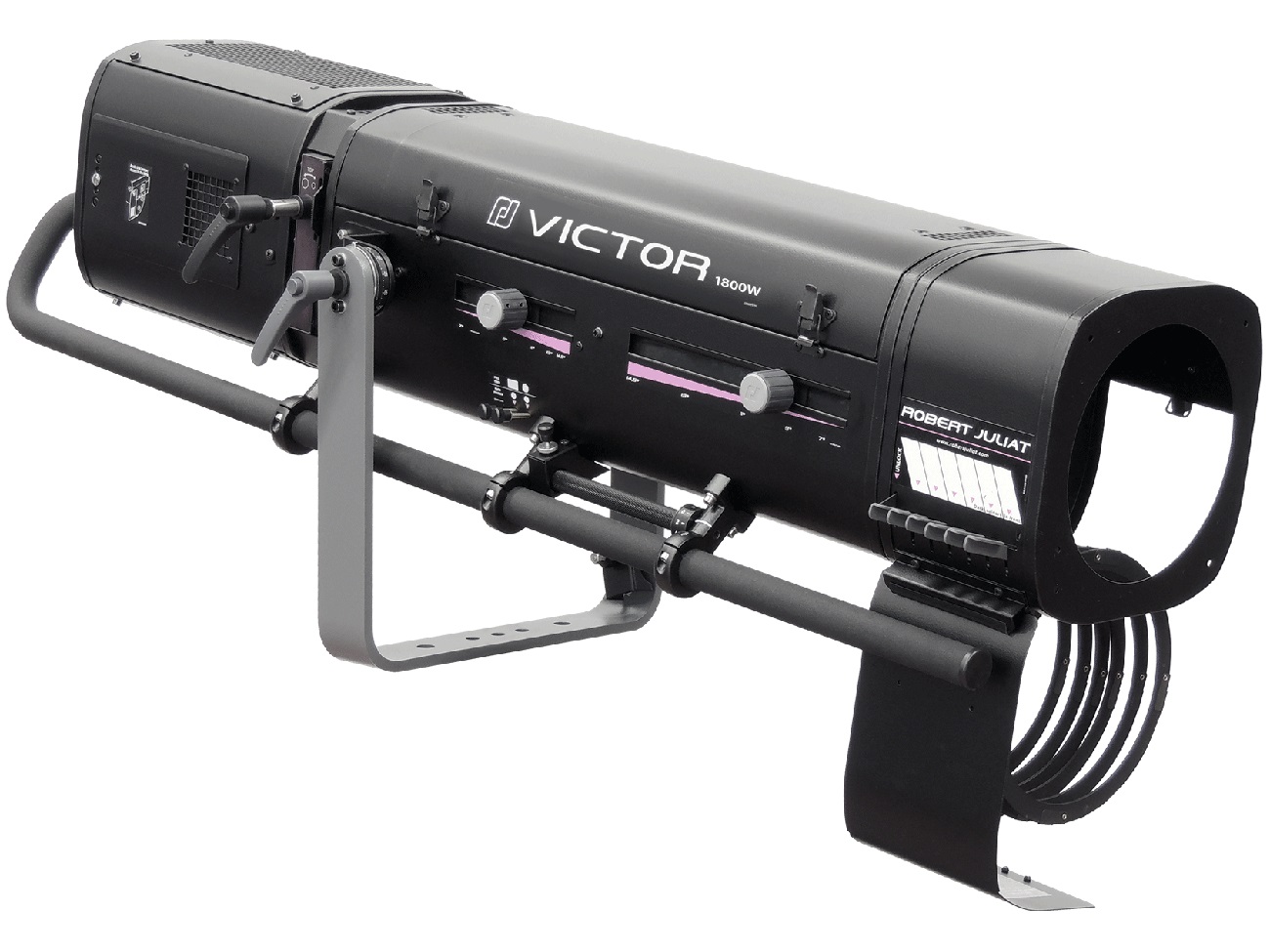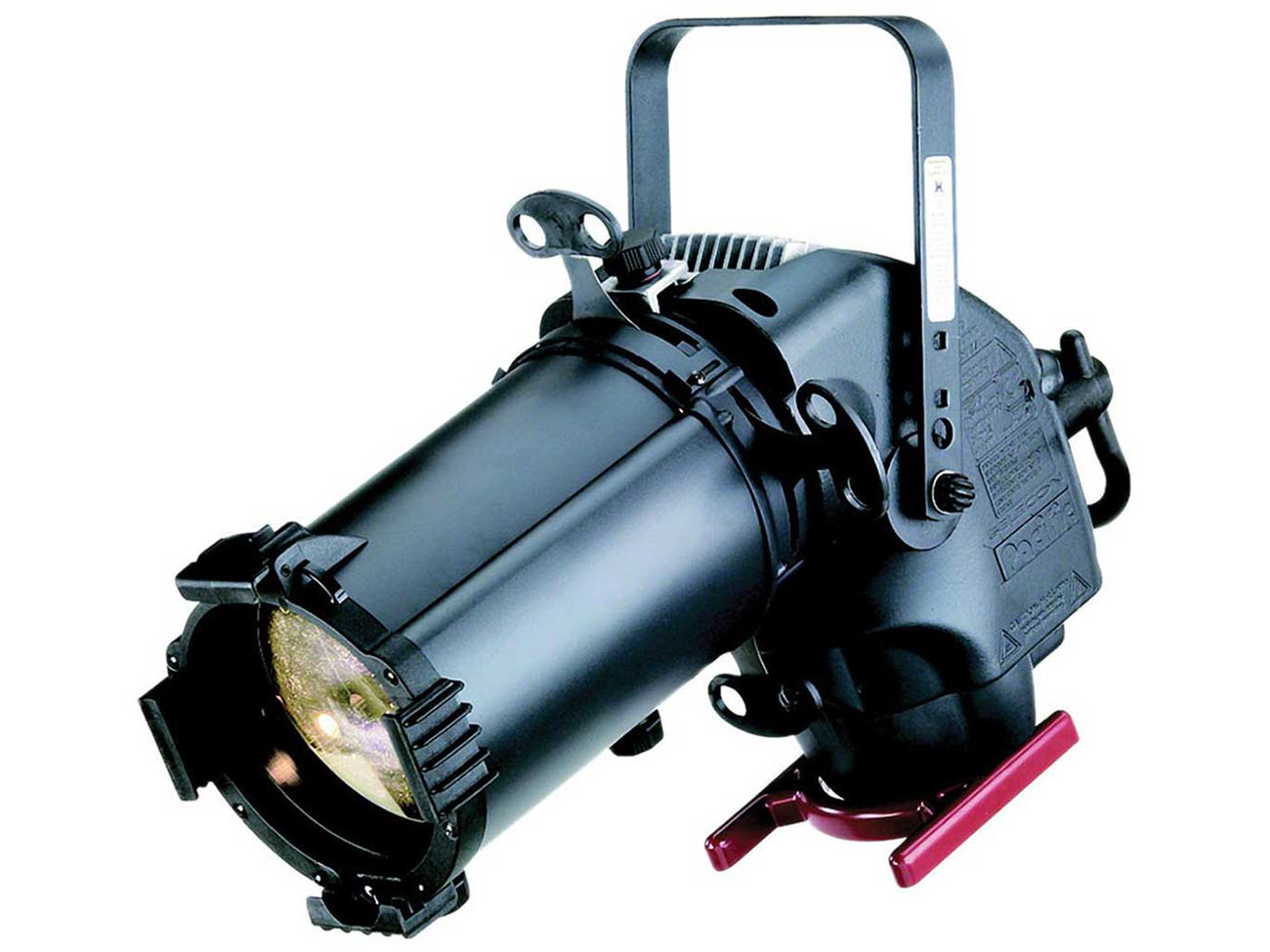Stage lighting types
25 October 2023

|
I. The Importance of Stage Lighting in Performances Welcome to the fascinating world of stage lighting, where the magic of theater truly comes alive. While actors, sets, and costumes play crucial roles in creating a memorable performance, it is the art of stage lighting that adds depth, atmosphere, and emotion to the stage. Lighting has the power to transport audiences to different eras, evoke specific moods, and enhance the overall storytelling experience. It is an integral part of any production, from small community plays to grand Broadway shows. Stage lighting serves multiple purposes. Firstly, it allows the audience to see the actors clearly and follow the action on stage. Without the proper lighting, performers would be reduced to mere silhouettes, making it impossible for the audience to fully engage with the story. Secondly, lighting can create different locations and environments, transforming a bare stage into a bustling city street or a tranquil forest. It helps establish the time and place of the story, adding an extra layer of authenticity. Moreover, stage lighting has the ability to evoke emotions and enhance the mood of a scene. Whether it's a romantic moment bathed in warm, soft lighting or a suspenseful scene intensified by dramatic shadows, lighting can evoke powerful emotional reactions from the audience. It creates a visual language that complements the dialogue and actions on stage, amplifying the impact of the performance. In short, stage lighting is the invisible hand that guides the audience's focus, emotions, and overall experience. II. Basic Principles of Stage Lighting Before diving into the different types of stage lighting fixtures and techniques, it's important to understand the basic principles that govern this art form. One of the fundamental principles is the concept of intensity, which refers to the brightness or dimness of the lighting. Intensity can be controlled by adjusting the size of the beam, the distance between the light source and the subject, or the use of dimmers. Another crucial principle is color temperature. Different light sources emit different colors, ranging from warm hues like red and orange to cool hues like blue and white. By manipulating the color temperature, lighting designers can create different moods and atmospheres. For example, warm lighting might be used to evoke a sense of intimacy and romance, while cool lighting can convey a feeling of mystery or suspense. In addition to intensity and color temperature, lighting designers also need to consider the angle and direction of the light. The position of the light source can dramatically change the appearance of a subject on stage. Front lighting, where the light comes from the front of the stage, ensures that the actors' faces are well-lit and visible to the audience. Side lighting can create interesting shadows and highlights, adding depth and dimension to the scene. Backlighting, on the other hand, can create silhouettes and create a sense of depth. Understanding these basic principles is essential for any aspiring lighting designer. It forms the foundation upon which more complex lighting techniques and fixtures are built. With a solid grasp of these principles, you can begin to explore the various types of stage lighting fixtures and their unique characteristics. |
 |
|
III. Different Types of Stage Lighting Fixtures Stage lighting fixtures come in a variety of shapes and sizes, each with its own specific purpose and capabilities. Let's take a closer look at some of the most commonly used fixtures in the world of stage lighting: Spotlights: Spotlights, also known as ellipsoidal reflector spotlights (ERS), are perhaps the most iconic and versatile fixtures in stage lighting. They consist of a lamp, reflector, lens, and shutters, allowing for precise control over the shape and direction of the light beam. Spotlights are commonly used to highlight individual performers or specific areas of the stage. They can create sharp, focused beams of light or softer, diffused lighting depending on the desired effect. Fresnels: Named after the French inventor Augustin-Jean Fresnel, Fresnel lights are known for their soft, even wash of light. They feature a stepped lens that produces a wide beam with a smooth edge. Fresnels are often used for general lighting purposes, providing an overall wash of light across the stage. They can be adjusted to produce varying beam sizes and can also be fitted with color filters to create different moods and atmospheres. PAR cans: Short for parabolic aluminized reflector, PAR cans are compact, lightweight fixtures that emit a powerful beam of light. They are known for their versatility and are commonly used for lighting concerts, clubs, and small theaters. PAR cans come in different sizes, with the number indicating the diameter of the lamp in eighths of an inch. For example, a PAR 64 has a lamp diameter of eight inches. PAR cans are known for their ability to produce vibrant, saturated colors and are often used to create dynamic lighting effects. Moving lights: Moving lights, also referred to as intelligent lighting or automated fixtures, are a relatively recent addition to the world of stage lighting. These fixtures are equipped with motors and can be remotely controlled to move, change color, and create complex lighting patterns. Moving lights offer unparalleled flexibility and creativity, allowing lighting designers to dynamically change the lighting during a performance. They can be used to create stunning visual effects, such as moving beams of light, gobo projections, and intricate color changes. Each type of stage lighting fixture has its own strengths and best uses. Spotlights are perfect for highlighting specific actors or objects, while Fresnels provide a soft, even wash of light. PAR cans are great for adding vibrant colors and creating dynamic lighting effects, and moving lights offer endless possibilities for creativity and innovation. By understanding the characteristics and capabilities of different fixtures, lighting designers can effectively bring their artistic vision to life on stage. IV. Lighting Techniques for Different Types of Performances Now that we have a good understanding of the different types of stage lighting fixtures, let's explore how these fixtures can be used to enhance different types of performances. Whether it's a play, a musical, a dance recital, or a concert, each type of performance requires a unique approach to lighting design. Here are some lighting techniques commonly used for different types of performances: Plays: When it comes to plays, lighting designers aim to create a naturalistic and immersive environment. The lighting should enhance the mood and atmosphere of each scene without drawing attention away from the actors and the story. Front lighting is commonly used to ensure that the actors' faces are well-lit and visible to the audience. Side lighting can be used to create interesting shadows and highlights, adding depth and dimension to the stage. Backlighting can be employed to create silhouettes and emphasize the separation between the actors and the background. Musicals: Musicals often require more dynamic and dramatic lighting designs to match the energy of the music and dance numbers. In addition to the lighting techniques used in plays, musicals often incorporate more vibrant colors, moving lights, and special effects. Spotlights can be used to highlight individual performers during their solos, while moving lights can create dynamic movements and patterns that sync with the rhythm of the music. Color changes and gobo projections can be used to evoke different moods and enhance the storytelling. Dance recitals: Lighting design for dance recitals is all about capturing the fluidity and grace of the dancers' movements. Lighting designers often use backlighting to create beautiful silhouettes and emphasize the lines and shapes created by the dancers. Spotlights can be used to highlight specific dancers or groups, while color changes and gobo patterns can add visual interest and enhance the choreography. Smooth transitions between lighting cues are crucial to ensure that the lighting seamlessly follows the dancers' movements. Concerts: Concert lighting is all about creating an immersive and visually stunning experience for the audience. The lighting design should amplify the energy of the music and enhance the performance of the artists. Moving lights, strobes, and lasers are commonly used to create dynamic lighting effects that sync with the music. Color changes and intense beams of light can add drama and excitement to the performance. Concert lighting often incorporates video projections and LED screens to create a multimedia experience that complements the music. These are just a few examples of how lighting techniques can be tailored to different types of performances. Lighting designers must carefully consider the unique requirements and objectives of each production and find creative ways to enhance the storytelling and engage the audience visually. A well-executed lighting design can transform an ordinary performance into an extraordinary and unforgettable theatrical experience. V. Color Theory and the Use of Gels in Stage Lighting Color plays a crucial role in stage lighting, as it has the power to evoke emotions, set the mood, and enhance the overall visual impact of a performance. Lighting designers use color filters, also known as gels, to manipulate the color of the light emitted by the fixtures. Let's delve into the world of color theory and explore how gels can be used to create stunning lighting designs. Color theory is the study of how colors interact with each other and how they can be used to create different effects. It is essential for lighting designers to have a good understanding of color theory to effectively communicate their artistic vision through lighting. The color wheel, a circular diagram that represents the relationships between colors, is a valuable tool for understanding color theory. The color wheel consists of primary colors (red, blue, and yellow), secondary colors (green, orange, and violet), and tertiary colors (red-orange, yellow-orange, yellow-green, etc.). Complementary colors are located opposite each other on the color wheel and create a high-contrast, vibrant effect when used together. Analogous colors, on the other hand, are located next to each other and create a harmonious, cohesive effect when used together. Gels are transparent sheets of colored plastic that can be placed in front of a lighting fixture to change the color of the light. They are available in a wide range of colors and can be cut to fit different fixtures. Gels are an essential tool for lighting designers, allowing them to create different moods, atmospheres, and visual effects. |
 |
|
For example, a warm amber gel can create a cozy, intimate atmosphere, perfect for romantic scenes or nostalgic moments. A cool blue gel can evoke a sense of calmness and tranquility, ideal for serene outdoor scenes. The use of complementary colors can create a high-contrast, dramatic effect, while analogous colors can create a harmonious, cohesive look. In addition to changing the color of the light, gels can also be used to manipulate the intensity of the light. By using different densities of gels, lighting designers can create subtle variations in the brightness of the light, adding depth and dimension to the scene. Gels can also be used to create special effects, such as color washes, color fades, and color chases, which add visual interest and excitement to the performance. When using gels, it's important to consider the quality and intensity of the light source. Different light sources have different color temperatures, and gels can affect the color temperature of the light. For example, a warm incandescent light may require a different gel than a cool LED light to achieve the desired effect. Lighting designers must carefully select the appropriate gels and make adjustments as needed to achieve the desired color balance. Color is a powerful tool in the hands of a skilled lighting designer. By understanding color theory and the use of gels, you can create captivating lighting designs that enhance the mood, atmosphere, and overall visual impact of a performance. Experimenting with different color combinations and effects can open up a world of creative possibilities and elevate your lighting designs to new heights. VI. Lighting Control Systems and Equipment Behind every successful lighting design is a sophisticated lighting control system that allows lighting designers to manipulate the various fixtures, colors, and effects with precision and ease. Let's explore the world of lighting control systems and equipment, and discover the tools that bring lighting designs to life. Dimmers: Dimmers are devices that control the intensity of the light emitted by a fixture. They allow lighting designers to smoothly transition between different lighting cues and create gradual fades and changes in brightness. Dimmers can be manual or digital, with digital dimmers offering more flexibility and control. Dimmers are an essential component of any lighting control system and are used to adjust the overall brightness of the stage and create different lighting effects. Lighting consoles: Lighting consoles, also known as lighting boards or lighting desks, are the central control units for lighting systems. They allow lighting designers to program, control, and manipulate the various fixtures, colors, and effects in a lighting design. Lighting consoles come in different sizes and capabilities, ranging from simple manual control boards to sophisticated digital consoles with advanced programming features. They provide a user-friendly interface for lighting designers to create and execute their artistic vision. DMX protocol: DMX (Digital Multiplex) is a communication protocol widely used in the lighting industry to control and synchronize lighting fixtures. It allows lighting consoles to send signals to individual fixtures, specifying parameters such as intensity, color, and movement. DMX is a standardized protocol, which means that fixtures from different manufacturers can be controlled using the same lighting console. This compatibility and flexibility make DMX an essential tool for lighting designers. Lighting software: Lighting software is a valuable tool for lighting designers, allowing them to visualize and pre-program their lighting designs before the actual performance. These software programs provide a virtual representation of the stage and allow lighting designers to experiment with different lighting cues, colors, and effects. They also enable the creation of complex lighting sequences and cues, which can be saved and recalled during the actual performance. Lighting software simplifies the programming process and ensures that the lighting cues are executed precisely as intended. Lighting accessorie: sIn addition to the control systems and equipment, lighting designers rely on various accessories to fine-tune and enhance their designs. Gobos, for example, are metal or glass patterns that can be inserted into a spotlight to create specific shapes or textures. Gobo rotators can be used to add movement to the projected patterns. Barn doors are adjustable flaps that can be attached to a fixture to control the direction and shape of the light beam. These accessories allow lighting designers to add depth, texture, and visual interest to their designs. A well-designed lighting control system is the backbone of any successful lighting design. It provides lighting designers with the tools and flexibility to bring their artistic vision to life. Whether it's adjusting the intensity of the light, changing colors, or creating intricate lighting sequences, a reliable and user-friendly lighting control system is essential for executing a flawless lighting design. |
 |
